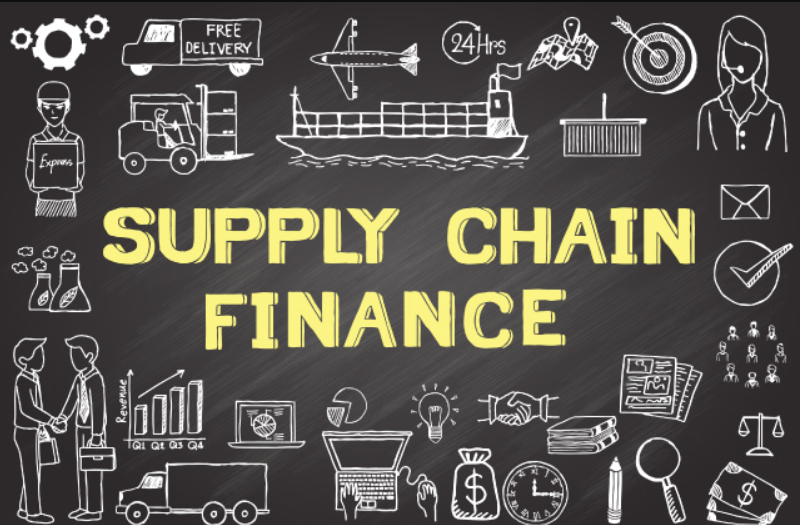Supply chain finance is a popular practice that includes strategies like factoring, reverse factoring, receivables discounting, etc. Especially useful for manufacturing companies, the best thing about SCF is that it benefits all the parties involved, including buyers, sellers, and finance companies. However, many new business owners are still unaware of this funding option due to a lack of awareness and the absence of financial inclusion in the MSME (Micro, Small, and Medium Enterprise) sector. In the following sections, we will closely look at the SCF outlook in India.
What is Supply Chain Finance?
Supply chain finance is a funding solution that lets business owners instantly receive their invoice payments from buyers using third-party institutions. The supplier must repay the invoice amount with interest during the repayment term as agreed between the supplier and the finance provider. The best benefit of SCF is that it increases the company’s cash flow and minimises its dependency on conventional Business Loans at high-interest rates.
How Does Supply Chain Finance Work?
To understand the workings of supply chain finance, let’s take the help of the following example:
-
The buyer places an order to purchase 1000 laptops from a supplier.
-
The supplier delivers the laptops and sends an invoice to the buyer.
-
The buyer promises to clear the payment within two months, but the supplier needs funds immediately.
-
The buyer takes the invoice to an SCF provider, and the supplier receives the funds right away.
-
The buyer makes the payment later on a pre-determined maturity date.
With this arrangement, the buyer gets a longer period to pay for the shipment without delaying the supplier’s payment.
Key Players in Supply Chain Finance
Let’s look at each player in the SCF ecosystem and understand how they work:
-
Buyer: The buyer places an order to the supplier to deliver goods as requested.
-
Supplier: The supplier delivers the order and demands payment for the invoice.
-
Finance Provider: The supply chain finance provider pays the supplier and receives payment from the supplier at a later date.
Benefits of Supply Chain Finance
Supply chain finance benefits all three key players involved in the arrangement. Let’s see how.
Benefits to the Buyer:
-
Maintain a positive cash flow and steady balance sheet
-
Develop a trustworthy relationship with the supplier
-
Optimise payment terms with the supplier
-
Make bulk purchases to save money
-
Reduce the risk associated with purchasing products in bulk
Benefits to the Supplier:
-
Receive payment earlier than the supplier’s credit terms
-
Minimise financial risk
-
Improve liquidity by having more cash flow in hand
-
Diversify cash sources
Benefits to the Finance Provider:
-
Income through fee and interest
-
Enhance the client’s portfolio
Supply chain finance is the ideal way to give a new direction for buyers and suppliers. Unlike merchant loans that provide funding against debit and credit card sales, SCF provides funding against an already-generated invoice. The process increases the cash flow between two businesses, reducing the risk of non-payment or late payment. Overall, it is a great way to resolve cash issues, helping you grow better in the market.



